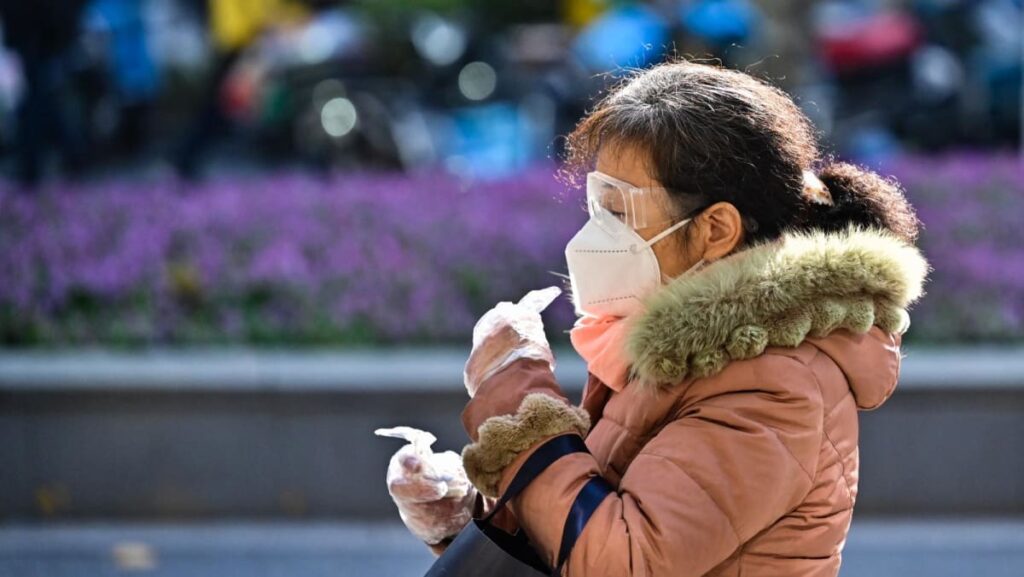SINGAPORE: China is seeing a surge in respiratory infections, including cases of the flu-like human metapneumovirus (HMPV) amid an annual winter spike across northern provinces, particularly among children aged 14 and below.
Without releasing figures, China’s Center for Disease Control and Prevention (CDC) on Jan 2 reported an upward trend in overall respiratory diseases recorded between Dec 23 to Dec 29.
It follows an increase in caseloads recorded in the week of Dec 16 to Dec 22, Chinese CDC officials said, announcing that they are piloting a monitoring system for “pneumonia of unknown origin” which includes establishing protocols for laboratories and disease control agencies to verify and handle cases.
Photos and videos have also circulated widely on Chinese social media sites, showing huge crowds and snaking queues forming at hospitals, clinics and medical centres.
China is still in “the season of high incidence of respiratory diseases”, the Chinese CDC said, reminding members of the public to take protective measures such as wearing masks, being up to date with vaccinations and maintaining proper hygiene practices.
“Respiratory infections tend to peak during the winter season in the northern hemisphere,” Chinese foreign ministry spokesperson Mao Ning told a press conference in Beijing on Jan 3, responding to questions about the spread of respiratory diseases and potential travel restrictions.
“The diseases appear to be less severe and spread with a smaller scale compared to the previous year,” she said.
What is HMPV?
HMPV, or human metapneumovirus, is a respiratory illness with symptoms similar to the common flu.
These include coughing, fever, nasal congestion and shortness of breath.
In severe cases, the virus can lead to complications like pneumonia or bronchitis.
“It can cause upper and lower respiratory disease in people of all ages, especially among young children, older adults and people with weakened immune systems,” the US Centers for Disease Control and Prevention (US CDC) said in a health advisory, adding that the estimated incubation period could last anytime between 3 to 6 days.
The virus is “most active” during late winter and spring in temperate climates. Young children, the elderly and those with weakened immune systems are most vulnerable, it added.
Like other respiratory diseases like COVID-19 and the flu, the HMPV virus spreads through:
- Close contact with an infected person, such as touching or shaking hands
- Droplets from sneezing and coughing
- Touching objects or surfaces that have the virus on them.
https://www.channelnewsasia.com/east-asia/hmpv-symptoms-human-metapneumovirus-china-cna-explains-outbreak-respiratory-infection-4840111


